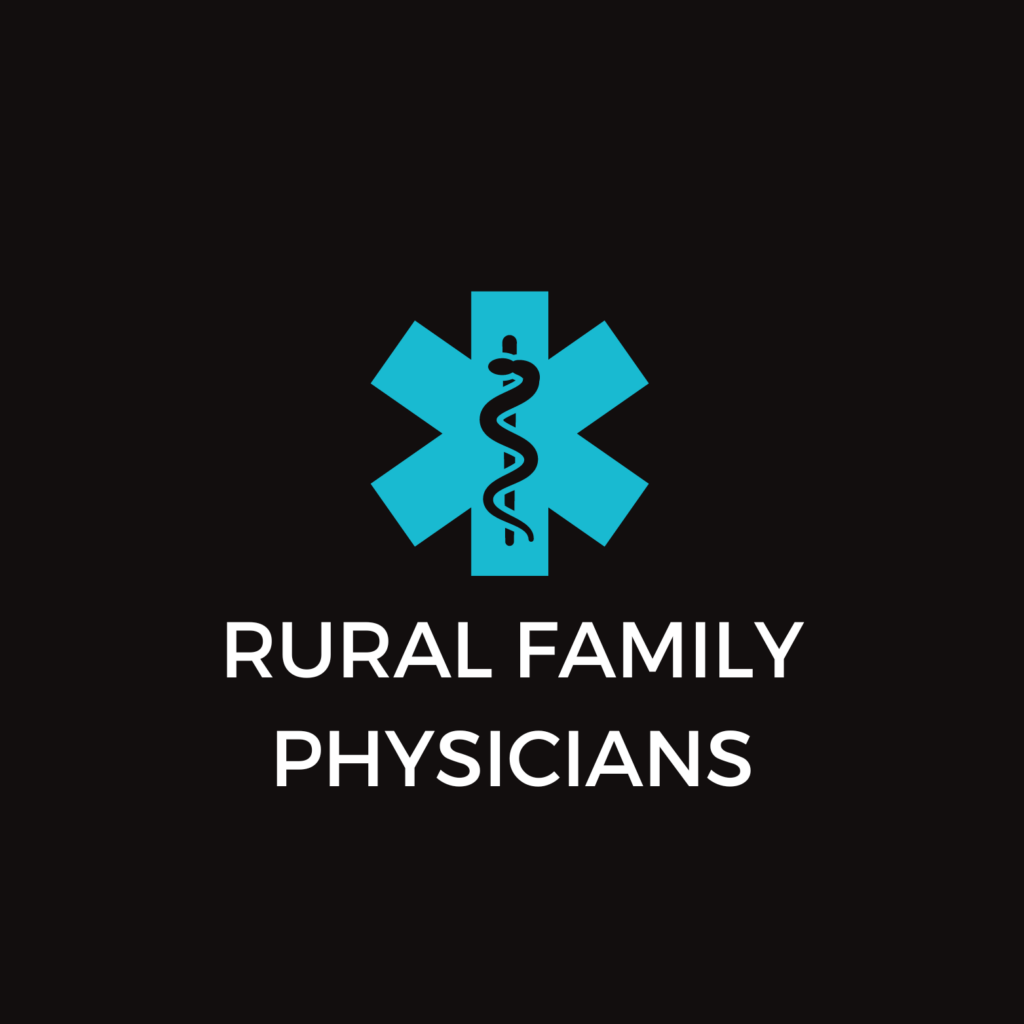CEO Update: A New Year!

A new year and a new opportunity is upon us! Can you believe it’s 2018? Well, I certainly cannot. At the start of the New Year, I delight in the possibilities of what can be accomplished by accessing my results from the previous year and writing my goals for the New Year. This year I have made a personal goal of “closing all my rings” everyday (those of you that have Apple watches will understand the obsession) and have made a professional goal of providing our members with more opportunities be aware of CRHC’s programs, activities and efforts. I’m off to a good start in January.
One of the ways that CRHC is helping rural communities is by providing resources, such as the 2018 Snapshot of Rural Health. As many of you know, CRHC produces this report yearly. However this year it was greatly expanded to include a well-rounded picture of rural communities. You’ll notice that 73% of Colorado’s landmass is considered rural or frontier, with 24 rural counties and 23 frontier (meaning 6 or fewer residents per square mile) counties, and 750,230 Coloradans living in these counties.
Education – The high school graduation rate in rural Colorado is 80%, compared to the overall state average of 77%, which is an 18% increase in the percentage of graduates in public schools that graduated from high school in four years. However, rural communities still have an opportunity to increase the number of individuals that attend post-secondary education, with 58% of rural Coloradoans attending some type of post-secondary education compared to 65% of urban Coloradoans. Additionally, teacher salaries remain low with the average teacher salary in Colorado’s rural schools being $22,700, a figure that is $14,000 less than the state average.
Economics – Agriculture is a significant economic driver in our state, contributing $41 billion to the Colorado economy and employing nearly 173,000 people. The oil and gas industry supports over 213,000 jobs and contributes more than $25 billion to Colorado’s economy. Each year, 2.3 million people participate in hunting, fishing and wildlife watching in Colorado, contributing an estimated $3 billion to our economy. In addition to these Colorado economic drivers, healthcare is one of the top three industries in rural communities.
The Health of Rural – Approximately 28% of motor vehicle crash deaths in rural Colorado involve alcohol, 17% of adult rural Coloradans report drinking excessively and 16% of rural adults report smoking regularly. Twenty-two rural Colorado counties do not have a licensed psychologist and 51% of all rural counties do not have an active, licensed addiction counselor (27 of 47 counties). Suicide remains disproportionately higher for rural Coloradoans, with the northwest and central mountain regions having a higher than that average rate at more than 38 suicide deaths per 100,000 people (compared to the state average of 25). A total of 912 people in Colorado died from drug overdoses in 2016 and of those deaths, 300 were caused by opioids and 228 were caused by heroin.
Quality – Although this data paints a bleak picture, it is not all doom and gloom. Rural communities in Colorado are improving their quality, measuring their progress, and connecting to bring change and rural sustainability. Through CRHC’s iCARE Program, 51 rural health facilities from more than 22 rural counties have achieved an average readmission rate of 3%, have 74.5% of diabetic patients with demonstrated good control of blood glucose level and are working in the community to offer healthy eating classes, weight loss challenges and health fairs.
In Colorado, rural healthcare facilities are innovating and connecting to their communities to not only address chronic disease and emergencies, but to address wellness at the community level. CRHC is proud to be assisting our rural communities with this transition through our programs, education, activities and advocacy efforts. I hope that you find the 2018 Snapshot of Rural Health a valuable resource and be on the lookout for regional Snapshots in the coming months.





